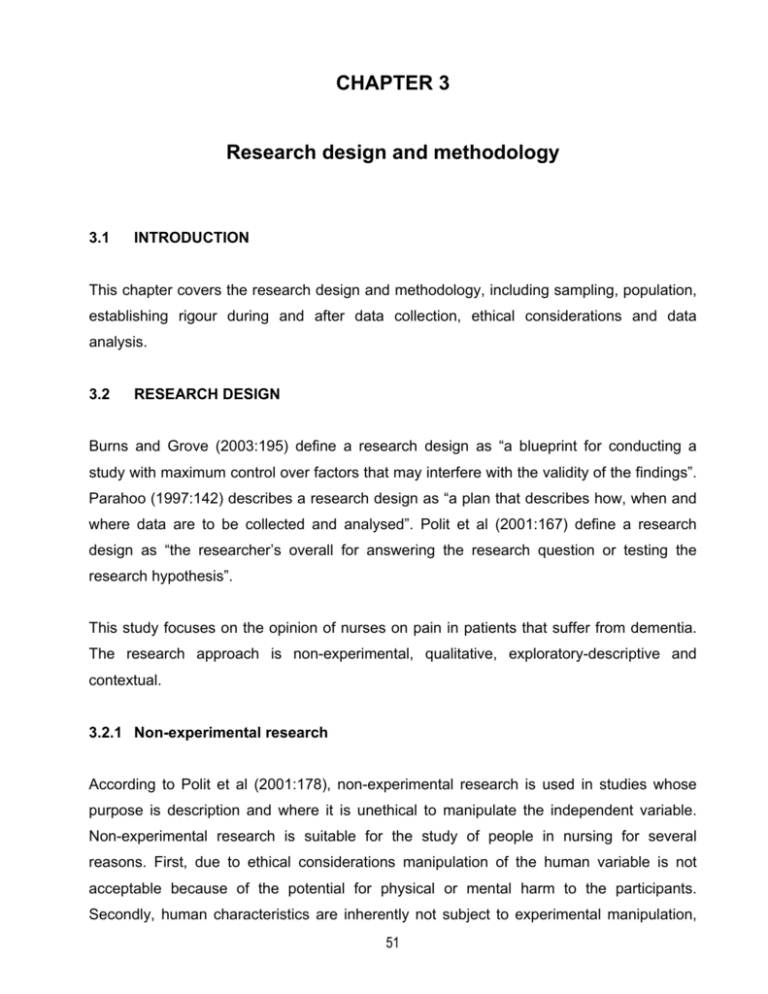Table Of Content

Researchers wishing to account for testing effects but also gather pretest data can use a Solomon four-group design. Two groups are treated as they would be in a classic experiment—pretest, experimental group intervention, and post-test. The other two groups do not receive the pretest, though one receives the intervention. Table 8.1 illustrates the features of each of the four groups in the Solomon four-group design.
Frequently asked questions about experimental design
It's often used in clinical trials to test the effectiveness of different treatments. The idea behind Repeated Measures Design isn't new; it's been around since the early days of psychology and medicine. You could say it's a cousin to the Longitudinal Design, but instead of looking at how things naturally change over time, it focuses on how the same group reacts to different things. Despite these challenges, meta-analyses are highly respected and widely used in many fields like medicine, psychology, and education. They help us make sense of a world that's bursting with information by showing us the big picture drawn from many smaller snapshots.
Autonomous chemical research with large language models - Nature.com
Autonomous chemical research with large language models.
Posted: Wed, 20 Dec 2023 08:00:00 GMT [source]
Step 1: Define your variables
Observations allow you to collect data unobtrusively, observing characteristics, behaviours, or social interactions without relying on self-reporting. In these types of design, you still have to carefully consider your choice of case or community. You should have a clear rationale for why this particular case is suitable for answering your research question. Your research design should clearly define who or what your research will focus on, and how you’ll go about choosing your participants or subjects. This approach is about gaining a rich, detailed understanding of a specific context or phenomenon, and you can often be more creative and flexible in designing your research. By comparing their outcomes in test scores, you can be more confident that it was the method of teaching (and not other variables) that caused any change in scores.
Psychology Resources
If your study system doesn’t match these criteria, there are other types of research you can use to answer your research question. A confounding variable could be an extraneous variable that has not been controlled. To assess the difference in reading comprehension between 7 and 9-year-olds, a researcher recruited each group from a local primary school.
A medical doctor has a hunch that an old treatment regimen might be effective in treating a rare illness. An advertising firm has assigned two of their best staff to develop a quirky ad about eating a brand’s new breakfast product. A teacher wants to know if a small group activity will help students learn how to conduct a survey. So, they test the activity out on a few of their classes and make careful observations regarding the outcome.

Their ability to continually update and refine hypotheses based on new evidence makes them particularly useful in fields where data is constantly evolving and where quick, informed decisions are crucial. For instance, if a new drug is showing really promising results, the study might be adjusted to give more participants the new treatment instead of a placebo. Or if one dose level is showing bad side effects, it might be dropped from the study.
By combining qualitative and quantitative insights, you can gain a more complete picture of the problem you’re studying and strengthen the credibility of your conclusions. Sometimes, recruiting a sample of people to randomly assign may be difficult. The controlled nature means the research findings may not fully apply to real-world situations or people outside the experimental setting. This step determines how you'll collect data to determine the study's outcome. You should seek reliable and valid measurements that minimize research bias or error. Quasi-experimental research is more common in educational studies, nursing, or other research projects where it's not ethical or practical to use randomized subject groups.
However, most researchers prefer to use pretests in case randomization did not result in equivalent groups and to help assess change over time within both the experimental and control groups. The independent variable of a study often has many levels or different groups. Thus, when everything else except for one intervention is held constant, researchers can certify with some certainty that this one element is what caused the observed change. There are multiple approaches for determining the set of design points (unique combinations of the settings of the independent variables) to be used in the experiment.
Experimental Design: Types, Examples & Methods
As a result, definitive conclusions can influence the future of the independent variable. This design allows researchers to conduct a similar experiment by assigning subjects to groups based on non-random criteria. The major difference between experimental and quasi-experimental design is the random assignment of subjects to groups.
In this article, we'll take you on a journey through the world of experimental designs. We'll talk about the different types, or "flavors," of experimental designs, where they're used, and even give you a peek into how they came to be. Experimental research contains dependent, independent and extraneous variables. The dependent variables are the variables being treated or manipulated and are sometimes called the subject of the research. Since school days’ students perform scientific experiments that provide results that define and prove the laws and theorems in science.
Two of the most common approaches to doing this are thematic analysis and discourse analysis. In qualitative research, your data will usually be very dense with information and ideas. Instead of summing it up in numbers, you’ll need to comb through the data in detail, interpret its meanings, identify patterns, and extract the parts that are most relevant to your research question. Regression and correlation tests look for associations between two or more variables, while comparison tests (such as t tests and ANOVAs) look for differences in the outcomes of different groups.

No comments:
Post a Comment